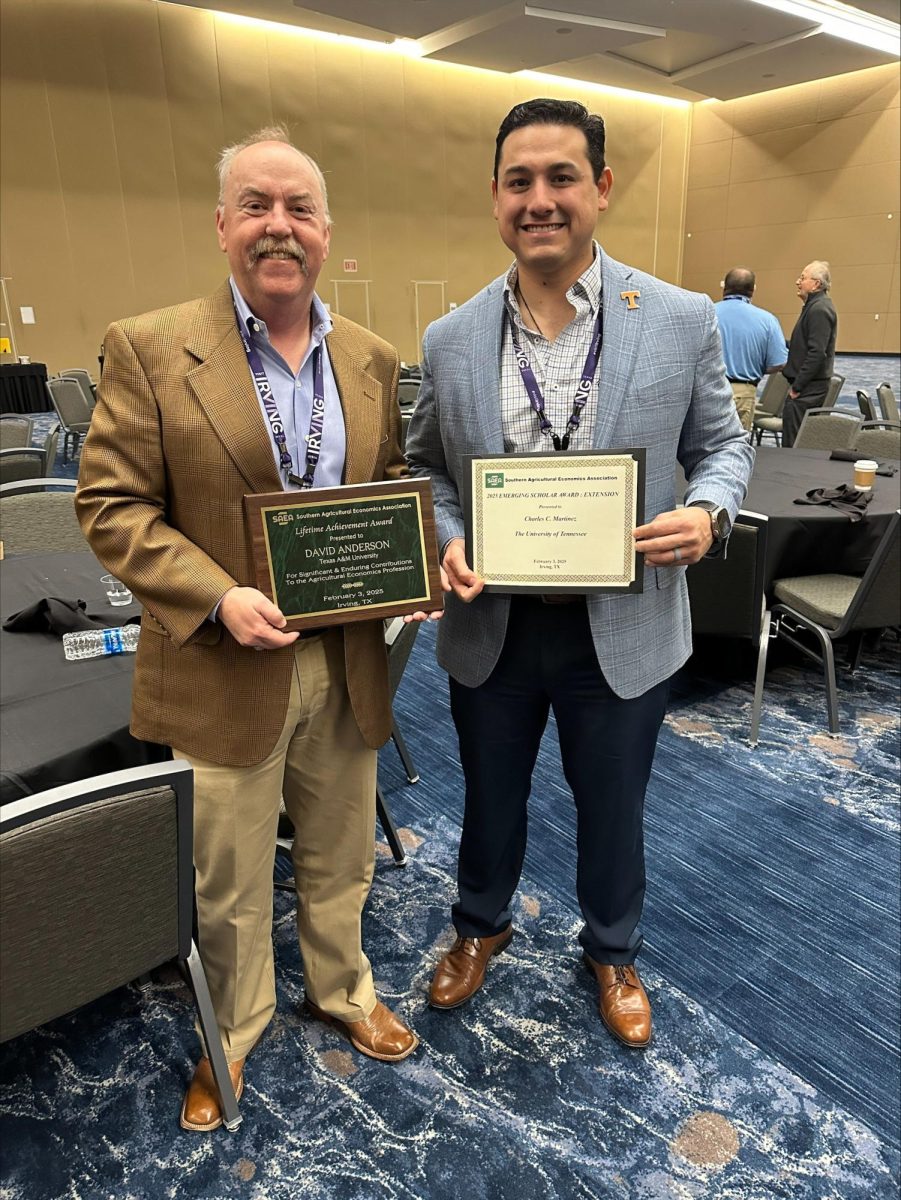Texas A&M can achieve diversity through the reassessment of values, goals, history and tradition, said Dartmouth College’s former Associate Dean of Residential Life Christopher Chambers Thursday in the Sterling C. Evans Library.
“People need to transform through awareness,” said Chambers, who is also a former special assistant to the Dean at Dartmouth College. “People can be more diverse as long as we can teach (them) to be nice to each other.”
Junior history and political science major Amanda Payne said many speakers who come to A&M tone down their anti-discriminatory messages but that Chambers’ lecture on diversity was refreshing.
“We continually have denied that A&M has a huge deficiency of racial diversity, which cannot be solved with just education,” Payne said.
Chambers said diversity has made a significant impact on higher education, and that by 2050, whites will no longer be the majority. From 1980 to 2000, the number of Hispanic students nationwide has increased from 4 to 10 percent, blacks from 9 to 11 percent, Asians from 2 to 6 percent, Native Americans remain at 1 percent. The number of white students has decreased from 81 to 68 percent, Chambers said.
Chambers is pursuing a doctorate in sociology at A&M. He said University officials should focus on building an infrastructure, including who is on campus and who is not involved and wants to be involved.
“Steps have been made to diversify this campus, but we need continued effort,” Chambers said.
Jay Arekere, associate research scientist and associate director of race and ethnic studies institute at A&M, hopes that Chambers will help A&M’s campus become more diverse.
“Chambers has had successful experience in the past creating diversity programs at Dartmouth, and we hope he will be helpful in involving corporations and preparing this campus for diversity,” Arekere said.
Chambers said people will attempt to resist change, but that the University needs to make proposals, implement these proposals and make calculated risks to improve diversity.
Through research Chambers found that blacks tend to live in communities that are half black and half white, while whites tend to live in a dominantly white societies. He also used personal anecdotes to illustrate his point.
Chambers said people should be thoughtful of how diversity is presented.
“This change requires everyone,” Chambers said. “We need to think about it as diversity on campus rather than just interpersonally.
Chambers: A&M can achieve diversity
November 12, 2004
0
Donate to The Battalion
$2790
$5000
Contributed
Our Goal
Your donation will support the student journalists of Texas A&M University - College Station. Your contribution will allow us to purchase equipment and cover our annual website hosting costs, in addition to paying freelance staffers for their work, travel costs for coverage and more!
More to Discover









